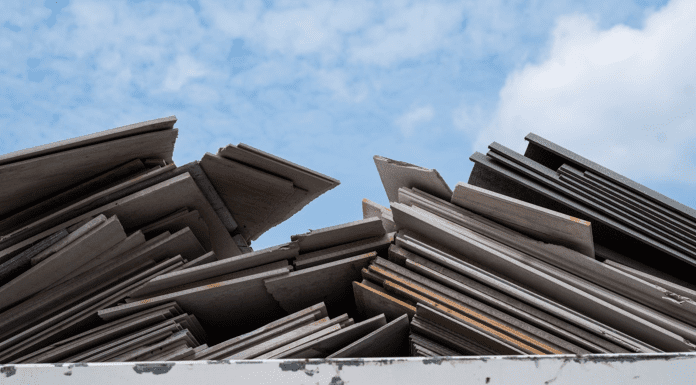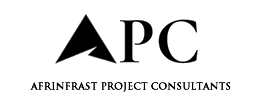
The construction industry’s current linear model – extract, build, dispose – is no longer a sustainable operating model, says Geert Van Kelecom, sustainability manager at Equitone by Etex. As the industry increasingly recognises the urgency to rethink how it sources, utilises and manages materials, a circular approach is crucial for the future of the sector
Circularity is becoming embedded in both regulation and market demand. The London Plan requires circular economy strategies for large developments, and regulations such as the Future Homes Standard demand up to an 80% reduction in operational carbon. With this shift, the imperative to build with circular principles is clearer than ever.
However, circularity is more than just recycling leftover materials or diverting end-of-life waste from landfill. It embodies a fundamental change in mindset where systems are designed for adaptability, longevity and disassembly at end of life. The challenge is that much of the UK’s supply chains are built around single-use products that do not easily lend themselves to reuse.
Circularity also starts with the design and development of our materials. We’re dedicating 50% of our R&D capacity to sustainability: developing products and solutions with a lower environmental impact and increased circular content that is guided by eco design principles. We have up to 20% circular content in our Equitone materials, which is just a start towards more circular products without compromising on performance.
At the same time, we are working on reducing our own ecological footprint. We already have several facilities across Europe with 0% waste to landfill.
Circularity in practice
To make informed, responsible choices, contractors require third-party verified data to prove that products meet current sustainability requirements, while also anticipating higher standards.
The provision of Environmental Product Declarations (EPDs) is a fundamental step we’re taking to minimise the carbon cost of our materials, with all Equitone materials having EPDs, as well as being compliant with wider building certifications, including LEED and BREEAM.
Equitone fibre cement panels use fewer raw materials per square metre compared with classic construction and are lightweight, resulting in fewer emissions during transportation. They are also engineered to facilitate disassembly, removal and reuse, while also offering a 50 to 60-year service life.
In the upgrade of the Office for National Statistics headquarters, for example, more than 6,800m² of Equitone fibre cement cladding was installed with future adaptability in mind. The result has been that the FC system is low impact, allowing panels to be collected and reused after their service life.
Design optimisation
Despite progress in material design, poor planning and over-ordering are still commonplace, leading to material losses on site.
However, there is a move across the industry to address this, primarily driven by the economic gains firms can realise from the implementation of more sustainable practices that result in less waste and less CO2, which in turn cuts commercial costs.
Contractors, architects and suppliers are also exploring the benefits of improved layout optimisation for panel design and production to minimise waste. Equitone’s Design &
Optimisation Service supports this shift. On average, 340 projects per year use this service across Europe, helping to avoid around 30,781 sq m surplus material and 364 t kg CO₂ embodied carbon. To put that into perspective: this equals the average yearly CO₂ absorption of 29,100 beech trees.
The more the supply chain coordinates from the outset, the more viable low-carbon, low-waste construction becomes.
End-of-life challenges
Despite growing momentum, there is still some way to go to ensure circularity at end of life is more widely adopted across the sector. Much of the difficulty lies in inconsistent local practices, limited infrastructure for separation and uncertainty around contamination. Without a coordinated system for certifying clean fibre cement waste, confidence in end-of-life routes remains low.
Currently, fibre cement waste disposal options mainly include landfilling or low-value downcycling options. Equitone is investigating how to transform fibre cement waste into a high-value raw material for up-cycling within a circular economy.
However, improving material classification, segregation and tracking is essential for enabling circular systems at scale. At Etex, we’re engaging with UK regulators, contractors and bodies like the Construction Leadership Council and CITB to develop on-site, industry-wide solutions.
A shift in mindset
Ultimately, achieving circularity isn’t a fixed goal; it requires a continuous shift in mindset that relies on shared responsibility across the supply chain. From design to material segregation, circularity must be achieved through a combined effort to solidify reusable pathways and implement practical solutions.
Backed by certified EPDs and circular declarations, manufacturers can empower contractors and specifiers to make decisions that support carbon reduction and resource efficiency throughout a project’s lifecycle.
The post Circularity: From talking point to everyday practice appeared first on Planning, Building & Construction Today.

